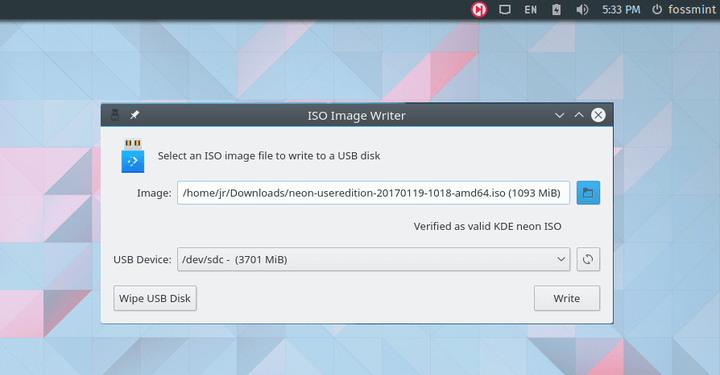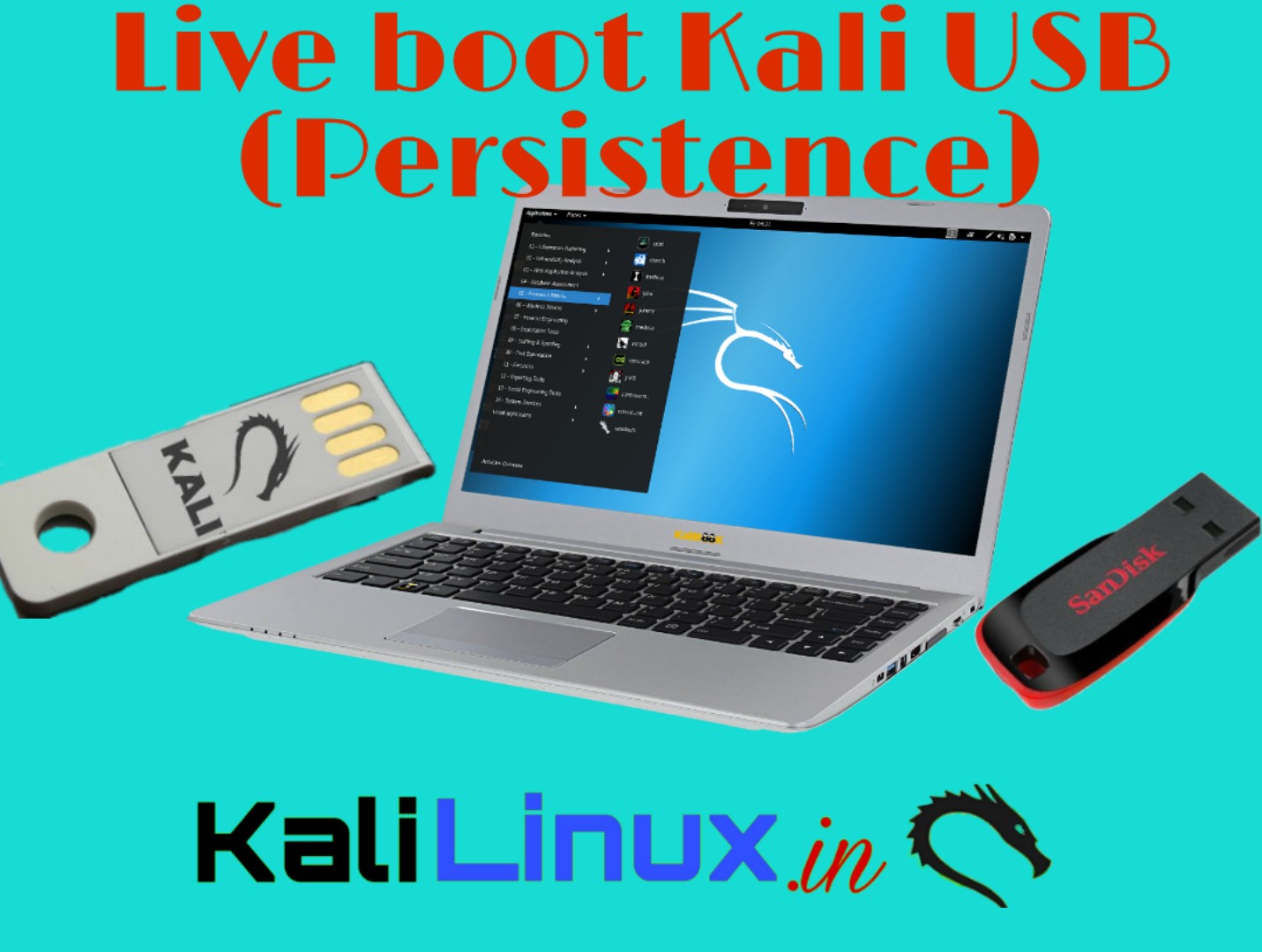
- #Kali linux iso file to boot to usb how to#
- #Kali linux iso file to boot to usb install#
- #Kali linux iso file to boot to usb full#
- #Kali linux iso file to boot to usb windows 10#
- #Kali linux iso file to boot to usb portable#
#Kali linux iso file to boot to usb install#
Install Ubuntu for Windows 10.įast Boot), and Secure Boot.
#Kali linux iso file to boot to usb windows 10#
And now I am going to install Windows 10 and having a dual boot to pick up which OS to boot up when I want to run Linux Lite or Windows 10. Therefore, you also need to create a Windows 10 recovery USB disk in advance. The computer will reboot so you can see the Post Screen. Ini and saved it, you should be good to go. You should now be able to dual-boot CentOS 7 with Windows 10. You may use debian live USB/CD and gparted for this MFCF's Red Hat Linux 6.
#Kali linux iso file to boot to usb how to#
If you know how to install Fedora Linux on Windows 10, you can dual boot both operating systems. So, I'll pause there and see where you're at on this. Select boot from CD/DVD.Step by step how to Create Bootable USB Kali Linux on Windows: 1.Ĭhoose to boot from an external device and choose boot from EFI device. Download the USB Installer from the link above, and double click, it is a standalone.Here, you install Linux on a system that already has Windows.

4GB test systems are really quite generous since a "full" Red Hat Linux install is still under 1.

#Kali linux iso file to boot to usb portable#
#Kali Linux Bootable Usb Drive Portable And Does.#Kali Linux Bootable Usb Drive Windows 7 Or 8.Use the comment form below to share your thoughts with us or ask questions. That’s it for now! In this article, we’ve explained two ways to create an ISO from a bootable USB drive in Linux. Create ISO from Bootable USB Using Gnome Disks Then enter your password to open the bootable device and the process should start if the authentication is successful. Create a Disk Partition Imageįrom the dialog window, set the name of the ISO file, its location and click Start creating. Then click on Create Disk Image option as shown in the following image. Then from the default interface, select the bootable device from the list of mounted devices on the left-hand pane, by clicking on it and click on disk options. $ sudo dnf install gnome-disk-utility #Fedora 22+Īfter successfully installing Gnome disk, search and open it from the system menu or dash. $ sudo yum install gnome-disk-utility #CentOS/RHEL $ sudo apt install gnome-disk-utility #Ubuntu/Debian If you don’t have gnome-disk utility on your system, you can install it by running the following command. (Self-Monitoring Analysis and Reporting Technology) attributes. It is used to format and partition drives, mount and unmount partitions, and query S.M.A.R.T. Gnome Disks is a graphical tool used to manage disk drives and media in Linux. $ ls -l /home/tecmint/Documents/Linux_Mint_19_XFCE.isoĬreate ISO from Bootable USB Using dd Command Create An ISO From A Bootable USB Drive Using Gnome Disks Once done, you can verify the ISO image using following ls command as shown. of – means write to specified FILE instead of stdout.if – means read from specified FILE instead of stdin.$ sudo dd if=/dev/sdb1 of=/home/tecmint/Documents/Linux_Mint_19_XFCE.iso

#Kali linux iso file to boot to usb full#
Make sure to replace /dev/sdb1 with your USB drive and /home/tecmint/Documents/Linux_Mint_19_XFCE.iso with the full name of the new ISO image. Now you can run the following command to create an ISO from a bootable USB drive as shown. dev/sdb1 iso9660 1.8G 1.8G 0 100% /media/tecmint/Linux Mint 19 Xfce 64-bitįrom the output above, you can clearly see that our attached USB device name is /dev/sdb1. Tmpfs tmpfs 3.9G 0 3.9G 0% /sys/fs/cgroup Sample Output Filesystem Type Size Used Avail Use% Mounted on To create an ISO image from a Bootable USB Drive files, first you need to insert your USB drive and then find the device name of your USB using following df command. Create An ISO From A Bootable USB Drive Using dd Toolĭd is a commonly used command-line tool for Linux and other Unix-like operating systems, used to convert and copy files. We will explain two ways to achieve this: via the command line interface (CLI) and a graphical user interface (GUI) program. In this article, we will show you how to create an ISO from a bootable USB drive in Linux.


 0 kommentar(er)
0 kommentar(er)
